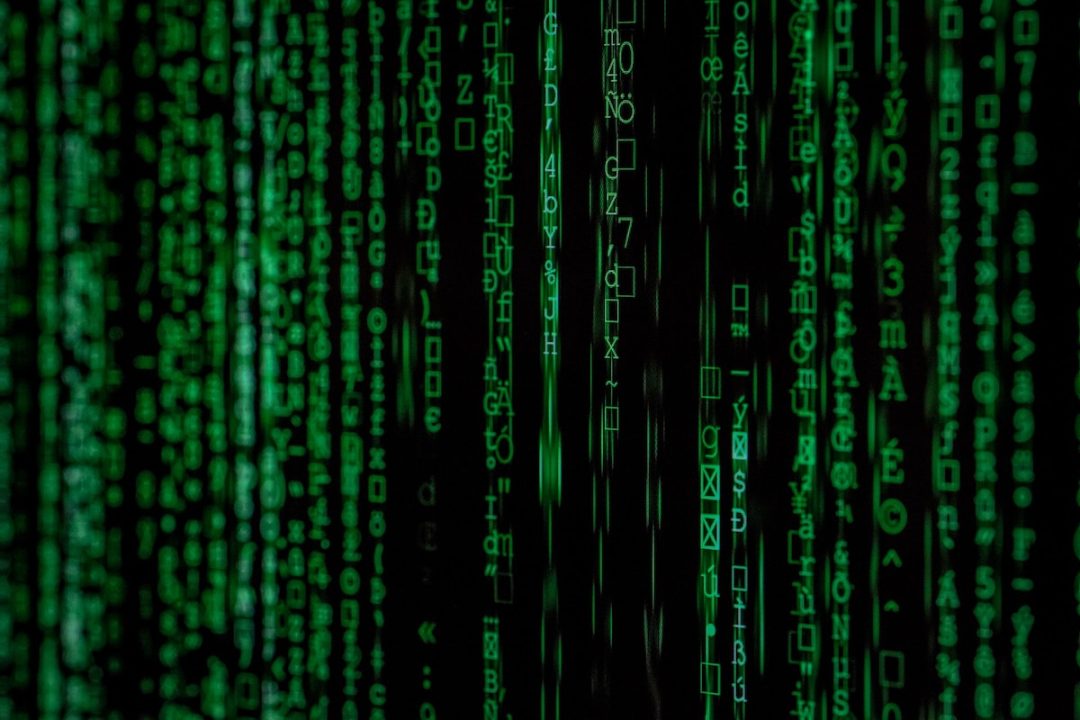DSP is a concept that gets thrown around a lot in audio, so it’s important to understand just how integral it is to the modern music production process.
What Is a Digital Signal Processor (DSP)
Firstly, DSP can stand for two things: Digital Signal Processor and Digital Signal Processing. The former, digital signal processor, usually refers to a specialized microprocessor which executes certain tasks without taxing our computer’s CPU. In audio, we often use hardware devices, like interfaces, with onboard DSP chips to reduce latency and lighten the CPU load. Certain standalone devices, like amp modelers, may have DSPs to handle the internal processing.
For example, the virtually ubiquitous Universal Audio Apollo series includes these chips for low-latency, real-time recording through UAD plugins, and the ability to run numerous plugin instances while mixing/mastering.
What Is Audio DSP?
Audio digital signal processing, as a whole, can refer to the process of converting an analog signal to a digital one for recording (through our interface), and converting it back to an analog signal for playback. It also refers to all of the ways we edit and manipulate audio in our DAW, including the use of plugins. Basically, anytime we’re using our computer to process audio, we’re using digital signal processing. Live sound also utilizes digital signal processing, sending multi-channel audio over Ethernet to a digital mixer.
A quick word on plugins and how they factor into the conversation: Native plugins run on our computer’s CPU power and RAM, and we call that a form of digital signal processing. DSP-powered plugins run on special chips found in hardware, which we call digital signal processors.
In some cases we can use digital signal processing/processor interchangeably, such as if we refer to our DAW as a digital signal processor.
DSP vs Analog Transmission
The easiest way to sum this up is to consider the many conveniences of digital audio. We’ve said this numerous times before, but anyone with a laptop can make a hit record in their bedroom — all thanks to digital signal processing. Not only that, but anyone can upload and distribute unlimited copies of their music on streaming services. Digital file storage makes duplication a breeze, and the quality doesn’t degrade over time.
“Back in the day,” making music was time consuming, expensive, and required a professional studio. Channels and tracks were limited by the size of the console and tape machine, edits were done by physically cutting tape, etc. Master tapes were hard to duplicate, degraded over time, and consumers had to purchase a physical copy to listen to the product.
There’s no doubt that DSP has made music production and transmission remarkably easier.
The Advantages of Using a DSP
When making music, we use a DSP every step of the way. From microphone to interface, from interface to computer, from computer to interface, and from interface to speakers, DSP is an inherent part of the process.
Greater Storage & Processing Ability
Digital files are cheap and easy to store and duplicate. DAW sessions are infinitely editable; you can open up a song you were working on ages ago and continue to make changes to it — saving multiple versions of the session each time we make an edit is something we do everyday, and they’re all stored as 1s and 0s on a hard drive.
Additionally, it’s much easier to process and non-destructively edit digital audio than audio recorded to tape.
Quick Signal Transmission
Specifically with hardware DSP chips, latency becomes next to nothing. That’s what makes it possible to print analog-style effects through the Console application while recording on an Apollo Twin, for example.
Not only does latency become a non-issue, but DSP-powered plugins let us run more effects than what our computer alone can otherwise handle. It’s fast, powerful, and doesn’t bog down the system.
In practical terms of how digital audio itself is transmitted, you could have an artist come in the studio, overdub vocals for an hour, and at the end of the session, bounce out a copy of the song for them to take home — and also have infinite copies of the track. Digital audio moves quick.
Signal Manipulation
The possibilities are practically endless with digital signal processing in terms of how we can mess with signals. We can do basic editing in a flash, time stretch audio, reverse it, perfectly align stacked tracks, add pitch correction, and so much more. There are some amazing tools in the digital world to help us make the best music we can.
